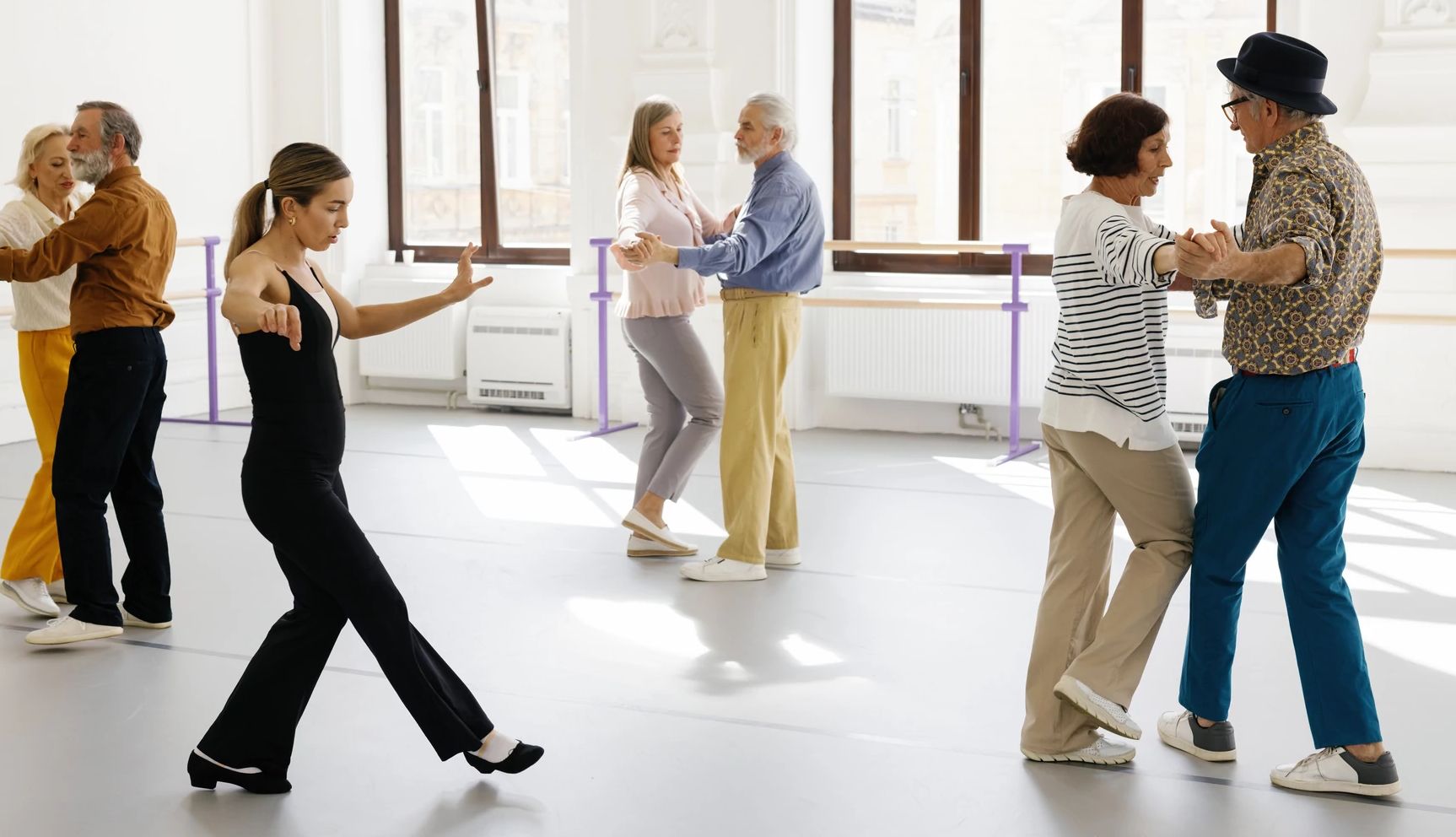AARP Hearing Center


“Exercise is one of the most powerful ways to change someone’s course with Parkinson’s,” says Jori Fleisher, M.D., a movement disorder specialist and associate professor of neurological sciences at Rush University in Chicago. “Even if you are a never-exerciser, that’s OK. Start today.”
A growing body of research finds that regular physical activity — the kind that gets the body moving and the heart pumping — can significantly reduce the severity of PD symptoms and how fast they progress. Research highlights the benefits of:
- High-intensity interval training, or HIIT
- Dance
- Exercise that involves learning a new skill
Exercise is good medicine
Exercise is therapeutic for people with Parkinson’s disease. That was the conclusion of a 2024 analysis in the Journal of Neurology, Neurosurgery and Psychiatry, which reviewed research articles published over the past several years that explored the benefits of exercise for people with PD.
Before You Get Started…
- Make sure your doctor approves of your new exercise program
- Ask your doctor how to time exercise around your medication doses
- Get an evaluation from a physical therapist who specializes in PD
- When looking for classes or a personal trainer, try to find options tailored to people with PD
- Aim to eventually meet the Parkinson’s Foundation exercise guidelines
- Don’t overdo it. Start slow. Listen to your body. Take breaks when you need them.
To find a Parkinson’s-friendly exercise program near you, contact the Parkinson’s Foundation Helpline at Helpline@parkinson.org or 1-800-4PD-INFO (1-800-473-4636).
While there’s far more published research on the effects of vigorous physical activity in mice bred to have PD symptoms, the existing evidence on the benefits of exercise in people with the disease is very promising.
“Exercise has multiple clinical benefits in Parkinson’s disease,” says exercise physiologist Martin Langeskov-Christensen, associate professor in the department of clinical medicine at Aarhus University in Denmark and an author of the 2024 analysis. “It actually addresses both motor and non-motor symptoms.” Motor symptoms are related to movement, like walking and keeping your balance. Non-motor symptoms can include depression, anxiety, sleep troubles and cognitive problems.
In one study included in his team’s analysis, researchers followed 237 people with early PD for an average of five years. Those who maintained regular levels of physical activity over that time saw a slower decline in their ability to perform activities of daily life.
Physical activity “can improve coordination, balance, gait and even reduce the risk of falls,” Langeskov-Christensen says. Some of these symptoms, like impaired balance, can be difficult to fully treat with Parkinson’s medications, his research concludes.
Keeping your body moving might improve or stabilize motor symptoms like walking and balance problems. You’ve probably also heard — or even experienced firsthand — how exercise can improve problems unrelated to movement, including low mood, fatigue, sleep troubles and constipation.
“People will complain of abdominal pain from slowed gastric motility, and the first thing we say is, ‘Exercise,’ ” says Rebecca Gilbert, M.D., chief mission officer, American Parkinson’s Disease Association. After a meal, “take a walk around the block, get everything moving,” she recommends.
But exercise does more than just improve specific PD symptoms. When it’s part of your regular routine, it can keep you functioning well and improve your overall quality of life.






































































More From AARP
5 Exercises That Can Keep Your Brain Sharp
Physical activity can boost memory, improve thinking, even lower dementia risks — and it’s not too late to start
Got a Minute? 5 Easy Exercises to Try Now
Get the benefits of exercising without leaving your homeBest Exercise for Balance
Practice this to reduce falls and age better